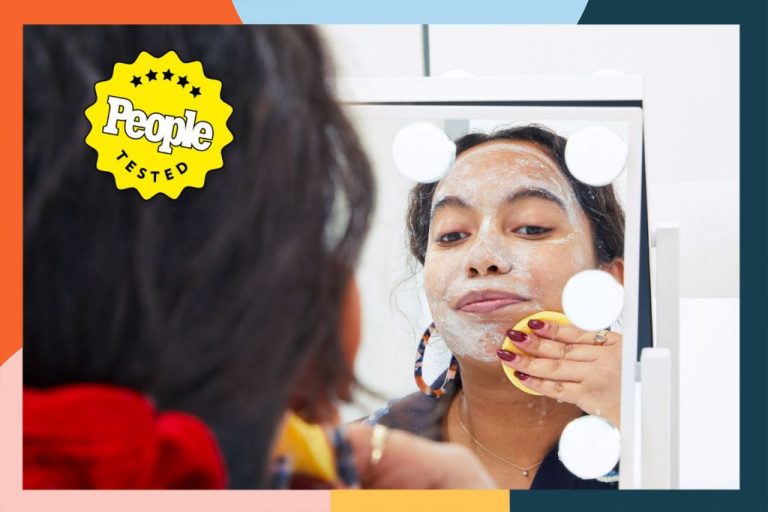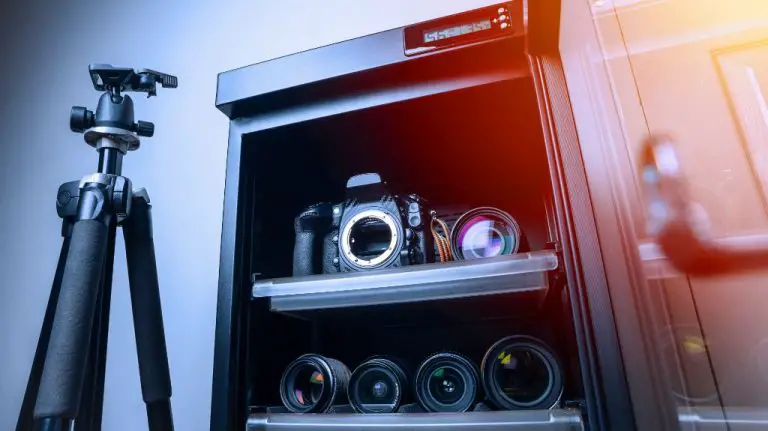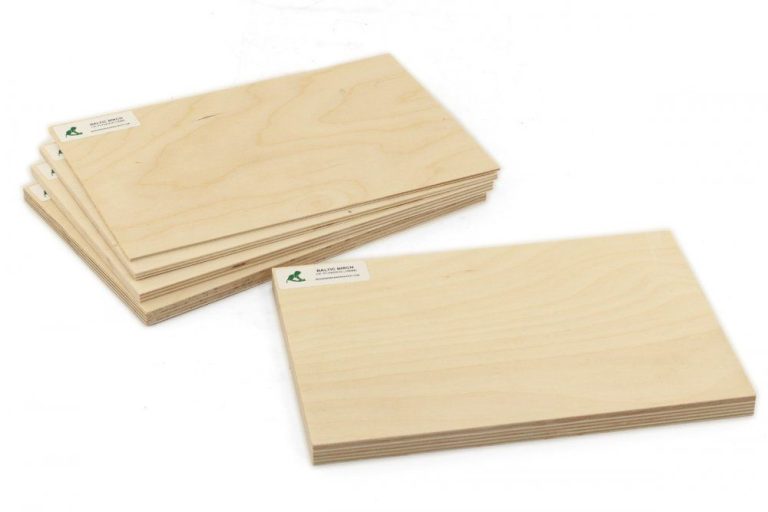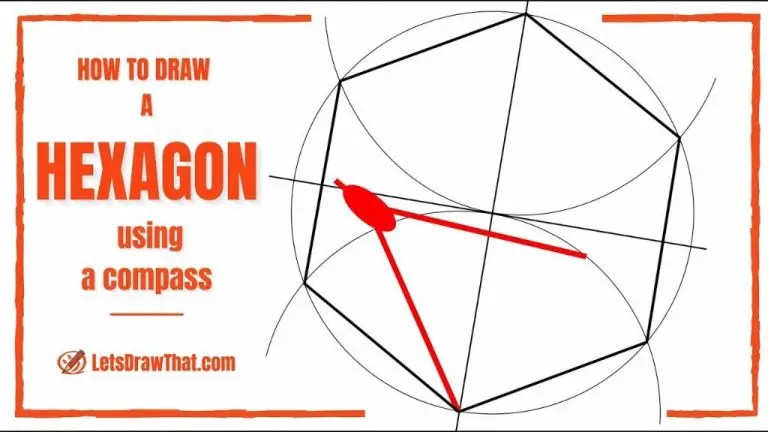How Do You Make A Human In Clay Alchemy 2?
Clay alchemy is the art of sculpting miniature human figures out of polymer clay. It originated in the late 1990s as a way for hobbyists and artists to make small clay dolls and characters by hand. The goal of clay alchemy is to sculpt an intricately detailed human figure that resembles a tiny person down to the smallest details. Sculptors make humans in clay for purposes ranging from dollmaking to artistic models.
In clay alchemy 2, the objective is to sculpt a realistic human figure out of polymer clay. This involves carefully crafting each body part, including the head, torso, arms, hands, legs, and feet. Attention to detail is important in order to capture the proportions and anatomy of the human form correctly. The resulting clay figure should resemble a tiny realistic person when complete. This guide will walk through the clay alchemy 2 process of sculpting a human from start to finish using polymer clay.
Gather Materials
To create a human sculpture in clay, you’ll first need to gather the necessary materials. These typically include:
-
Clay – Polymer clay or oil/water-based modeling clay both work well. You’ll need about 1-2 pounds to sculpt a full human figure.
-
Sculpting tools – Basic tools include loop tools, sculpting knives, shapers, ribbers, dotting tools, etc. These help shape, smooth, add texture, and detail the clay.
-
Armature or support structure (optional) – A wire frame helps support the weight of the clay if sculpting a standing figure. Not required for small sculptures.
-
Acrylic roller or rolling pin (optional) – Helps roll flat slabs of clay for parts like the torso.
-
Smoothing tools – Popsicle sticks, paint brushes, water, etc. can help smooth seams.
Gather these materials before starting to sculpt for a smooth workflow.
Shape the Head
Sculpting a realistic and proportional head is one of the most important steps in creating a human figure out of clay. Here are some techniques to help you achieve the right size and shape for the head:
– First, form a basic rounded shape for the skull. Make sure it is in proportion to the size of the body – a common guideline is that the head should be about 1/7th to 1/8th the height of the entire figure.
– Pay attention to the front, side, and 3/4 views as you sculpt. Use calipers or a ruler to measure key points like the distance between the chin and the top of the head.
– Mark the general placement of facial features early on. Use a chopstick or dull tool to indent where the eyes, nose, mouth and ears will go to help guide your sculpting.
– Define the major planes of the head – the forehead, cheeks, jawline and cranium. Use your fingers and metal sculpting tools to gently shape the clay and create smooth transitions between planes.
– Refine the features once the overall head shape is blocked out. Add nostrils, eyelids, lips and other details to make the face more realistic.
– Carefully sculpt the neck and blend it smoothly into the head. Check proportions again and make any final tweaks before moving on.
Sculpt the Torso
When sculpting the torso, it’s important to capture realistic proportions and anatomy. Start by shaping the overall form of the chest and abdomen. Use your fingers or sculpting tools to gently push and pull the clay into shape. Pay attention to the width of the shoulders, waist, and hips.
To add more definition, use a sculpting tool to carve the lines of the ribcage, pectoral muscles, and abdominals. Look at anatomical references to understand how the muscles and bones give shape to the torso. Lightly sketch or indent the major muscle groups into the clay before refining them.
Capture the subtle contours of the torso by blending and smoothing the clay. Work carefully to avoid overworking any details. Check your sculpture from multiple angles to ensure the proportions look accurate. Refine the torso anatomy until you have a realistic human figure starting to take shape.
Model the Arms
When sculpting the arms for your human clay figure, it’s important to pay close attention to proportions and anatomy to achieve a realistic look. Here are some techniques to keep in mind:
Start by measuring the length of the arms in relation to the torso. A good rule of thumb is that the arms should be the same length as the torso from the shoulders to the bottom of the ribcage. Use calipers or a ruler to measure and match the lengths.
To sculpt the upper arms, roll balls or tubes of clay into tapered ovals. The biceps should have a curved peak, while the triceps have a flatter, more angular shape on the back of the arm. Use your sculpting tools to refine the muscle shapes.
The forearms can also be formed from tapered ovals of clay. Make sure to sculpt the wrists narrower than the elbow joints. Use a knife tool to cut lines into the clay to indicate folds and definition around the wrist and elbow.
Add the hands next. Form the palms from oval or egg-shaped balls of clay. Finger shapes can be created by rolling small snake-like coils of clay, tapering them toward the tips. Attach them to the palms and use sculpting tools to refine around the knuckles.
Pay attention to how the arms are posed. Lifting an arm will activate different muscles compared to an arm hanging at the figure’s side. Study anatomy photos or have a model pose for reference.
Shape the Legs
When sculpting the legs of a human figure in clay, proportion and realism are key. To achieve properly sized and natural looking legs, follow these techniques:
First, look at anatomical reference photos to understand the actual size and shape of human legs. The upper leg is typically the same length from hip to knee as the lower leg from knee to ankle. Note the contours of the thigh, kneecap, calf, and ankle bone.
To begin shaping the legs, roll two balls or tapered cylinders of clay that match the thigh and calf lengths. Gently press these together, bending at the knee. Use your fingers to refine the forms, smoothing and indenting to create natural muscle lines and joints.
Add the feet next. A basic foot shape starts with a rectangular block of clay about 2-3 inches long. Refine the form into a tapered wedge. Define the arch, heel, ball and toes for realism. Attach the feet to the tapered calf ends.
Use clay sculpting tools to define the knee joints, thigh muscles, calf muscles, ankles and other details. Work symmetrically and look at your sculpture from all sides as you refine the legs into lifelike forms.
Add Details
Adding finer details to a clay sculpture brings it to life. This stage is when you sculpt all the small, intricate elements that make the figure unique. Here are some techniques for sculpting realistic details:
Facial Features: Use small sculpting tools to gently shape the eyes, nose, lips, and ears. Add subtle lines and wrinkles to show expression and age. Refine the shapes and proportions of each feature until they look natural.
Hair: For short hair, make small indentations with tools or your fingertips. For long hair, roll out thin coils of clay and attach them strand-by-strand. Use a soft brush to add texture.
Hands and Feet: Carefully sculpt each individual finger and toe using thin sausage-shaped coils of clay. Use a small knife or rubber tool to define fingernails. Add wrinkles and veins to show realism.
Clothing and Accessories: Use thin sheets of clay to model flowing clothes or drapery. For jewelry, beads, buckles and other accessories, roll tiny balls and coils of clay and attach them to the figure.
Work slowly and diligently when adding details. Let the clay firm up a bit so features don’t unintentionally smudge. Bring your sculpture to life with these finishing touches.
Bake the Sculpture
Properly baking your clay sculpture is essential for setting it and making it durable. Follow these steps for baking clay:
- Read the packaging for your clay type and find the recommend baking temperature and time. Polymer clays generally bake from 130°C to 150°C for 15 to 30 minutes per 1⁄4 inch of thickness.
- Preheat your oven to the temperature specified for your clay. Use an oven thermometer to check the accuracy.
- Place your clay sculpture on a baking tray lined with aluminum foil or parchment paper. The foil prevents sticking.
- Bake the sculpture for the recommended time based on its thickness. Check it a few minutes early to prevent over-baking.
- Allow the sculpture to cool completely before handling. This usually takes 30 minutes to 1 hour.
- Optional – To increase durability, you can bake polymer clay a second time after it has cooled from the first baking.
With proper baking, your polymer clay creation will be transformed into a strong, finished art piece. Take care not to under-bake or over-bake the clay.
Paint the Sculpture
After the clay sculpture has been baked, it’s time to bring it to life with paint. When painting a clay sculpture, use acrylic paints which bond best with the clay. Here are some tips for painting your baked clay sculpture for realism:
- Start by priming the entire sculpture with a base coat like white or gray. This will help the paint adhere and provide an even canvas.
- Use thin layers of paint and build up colors gradually. Thick paint can obscure details.
- Use a variety of paint finishes – matte, satin, gloss – to create realistic effects. Use gloss for wet surfaces like eyes and mouths.
- Add shadows and highlights to create depth. Layer darker paints in crevices and fold, highlight raised areas.
- Use a soft brush to blend and feather the edges of painted areas for a smooth transition.
- Pay close attention to small details like fingernails, eyelashes, wrinkles to add realism.
- Seal the finished, dried paint with a clear acrylic sealer to protect it.
With proper prep and painting techniques, you can turn your clay sculpture into a lifelike figure. Take your time and use small brushes for precise control. Vary paint textures and add intricate details for the most realistic results.
Conclusion
Creating an alchemically accurate human sculpture in clay requires patience, practice, and creativity. By starting with the basic head shape, building up the features, and progressively shaping the torso, arms, and legs, you can sculpt a realistic human figure. Paying close attention to proportions and angles as you work is crucial. Adding finer details like hair, clothing, and accessories helps bring your creation to life. Once finished sculpting, be sure to properly bake and paint your human to seal and finish the clay. With care and perseverance, you can craft a remarkably lifelike alchemical human in clay. This entire process allows you to gain valuable sculpting skills and a deeper understanding of human anatomy.





